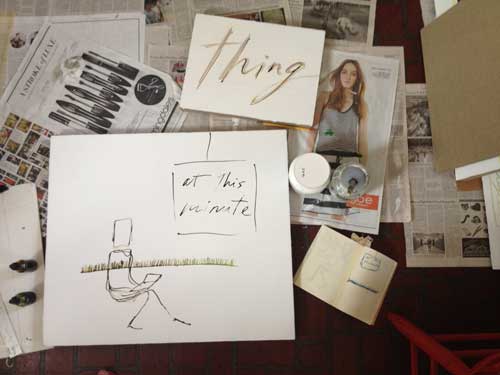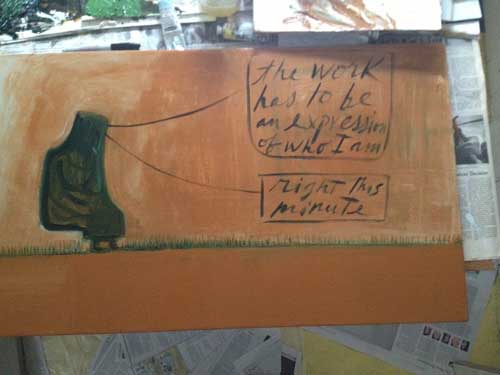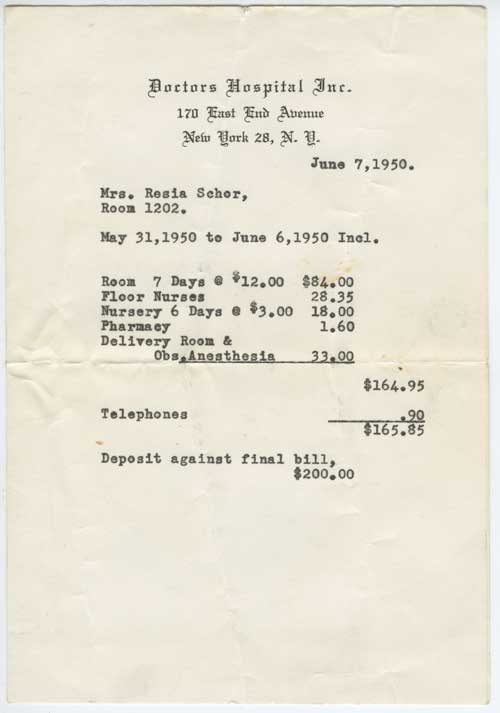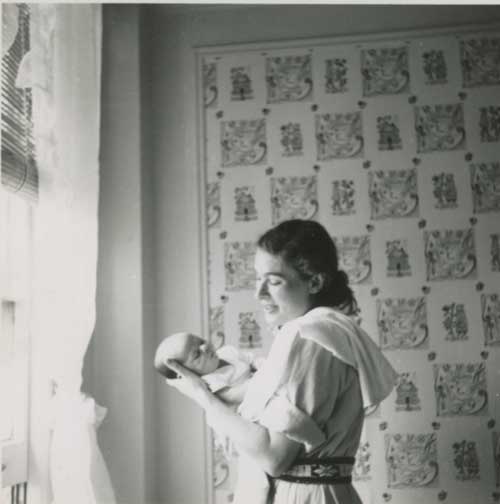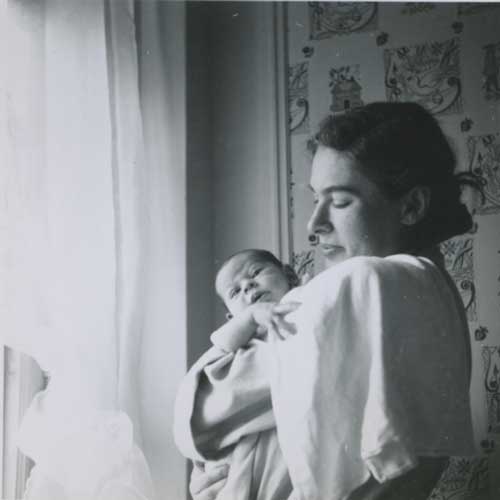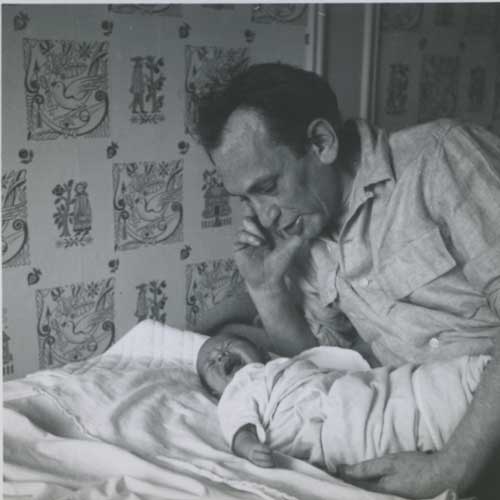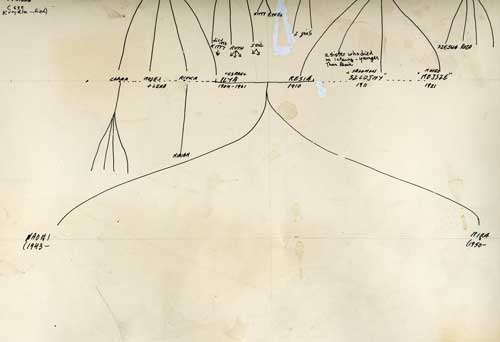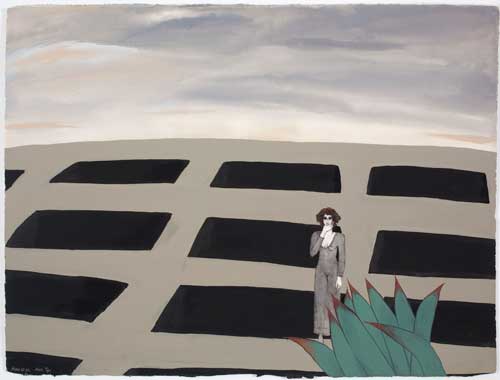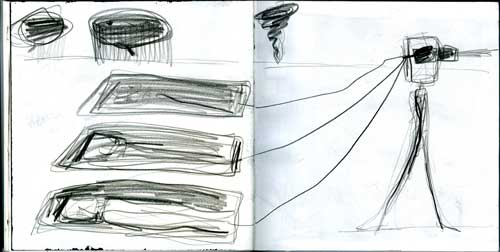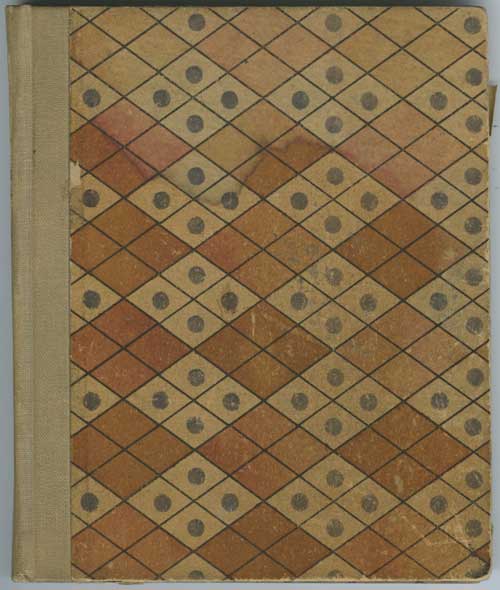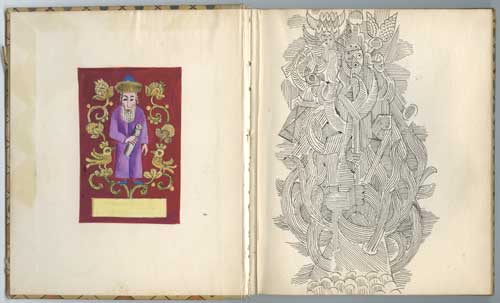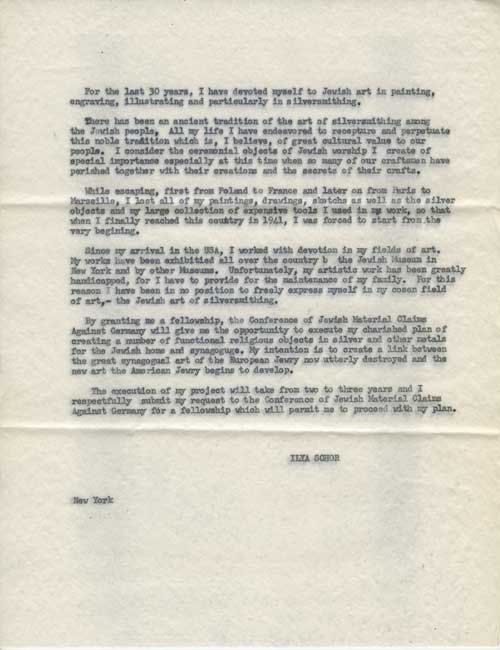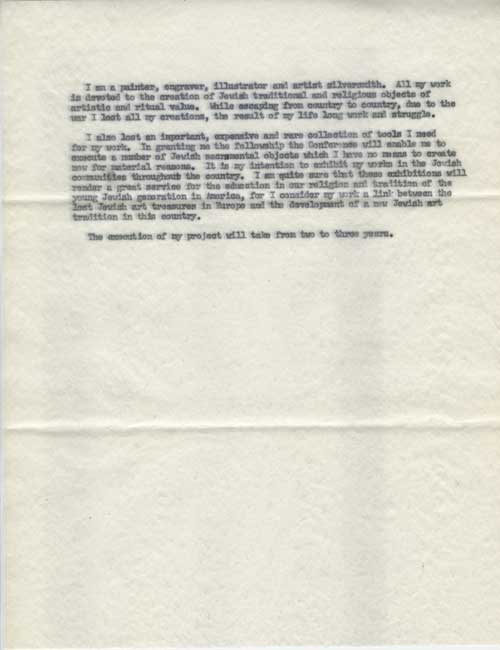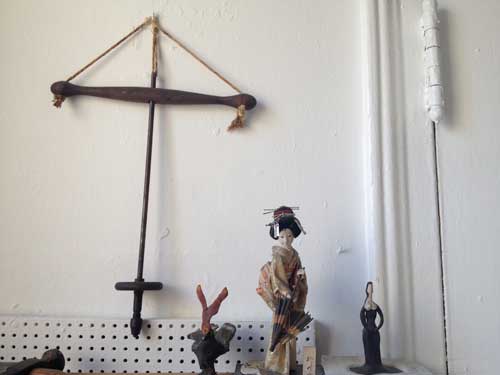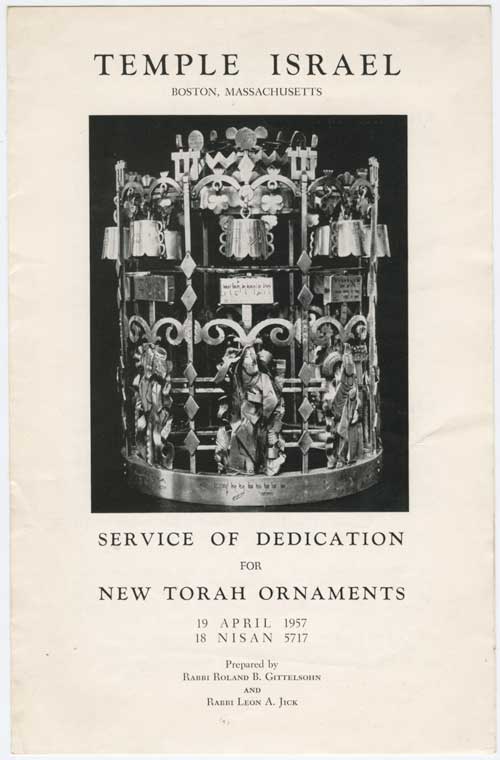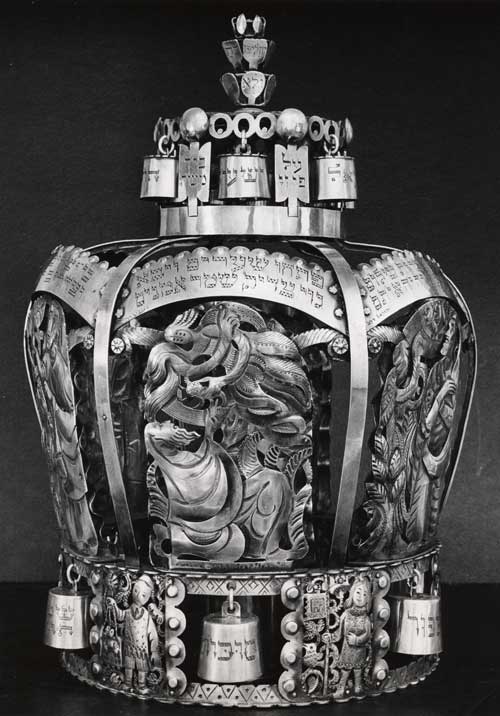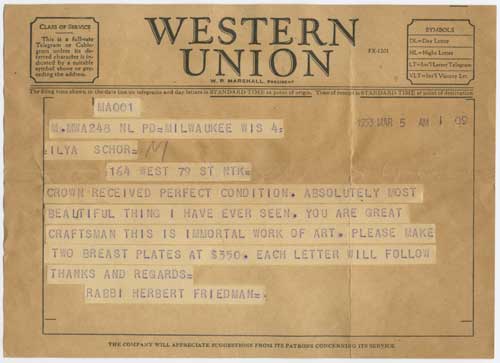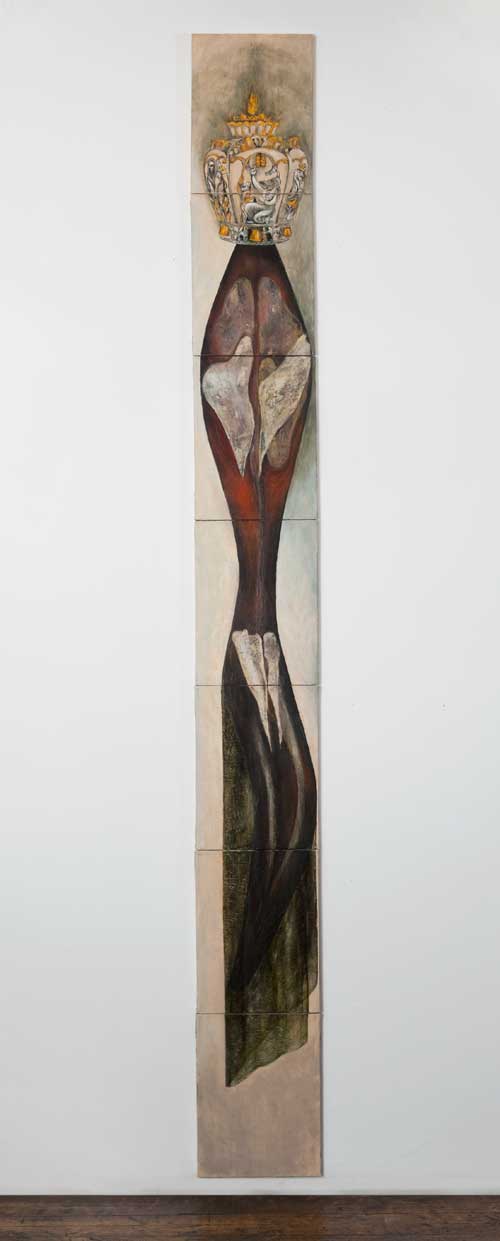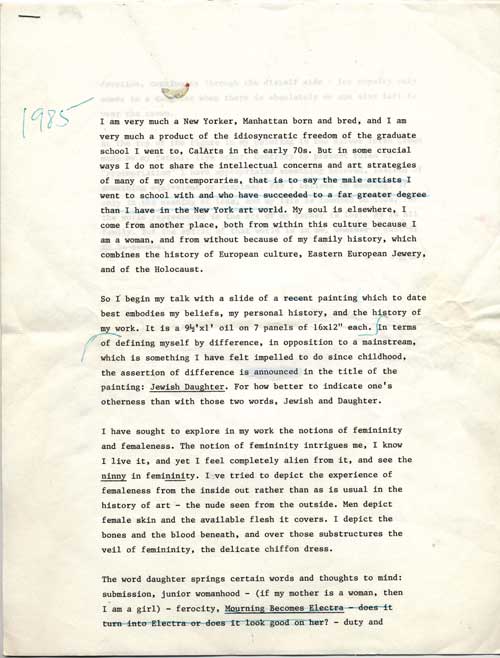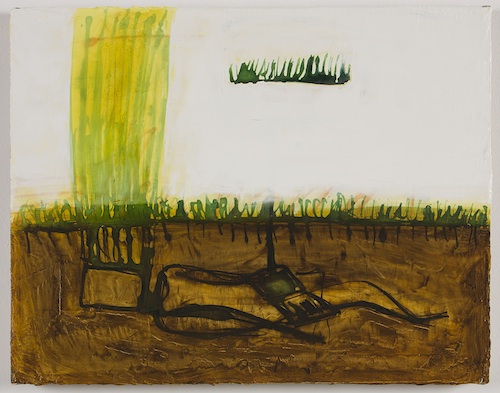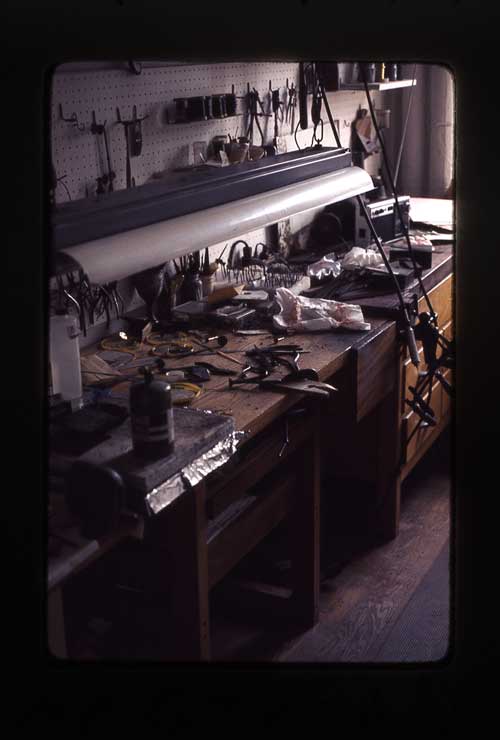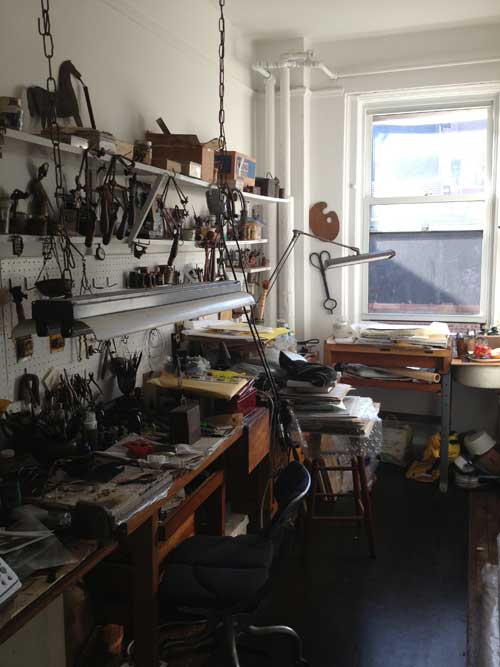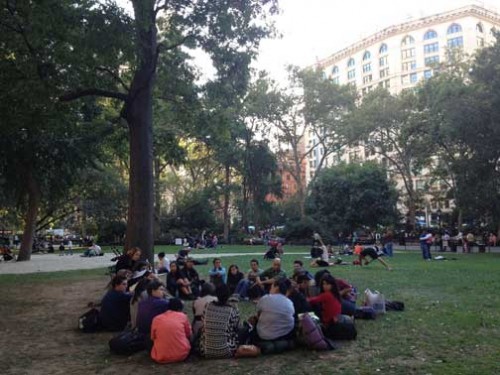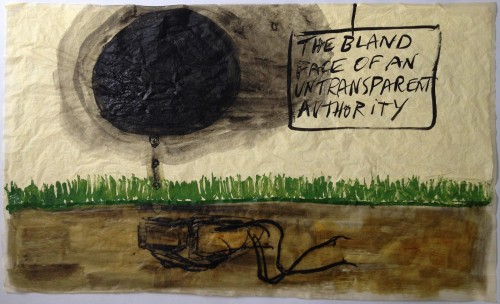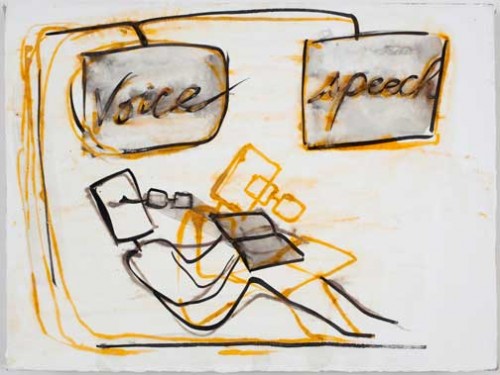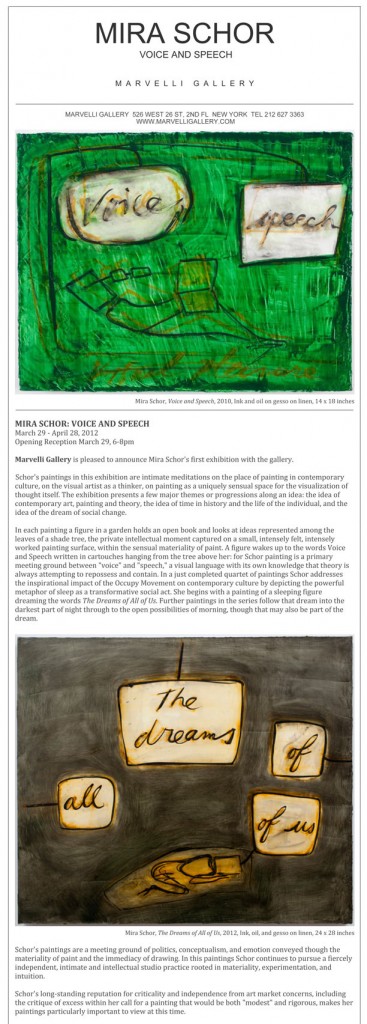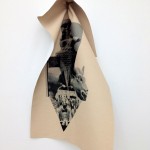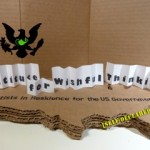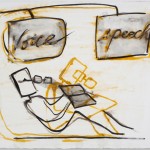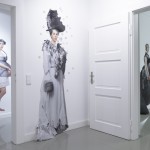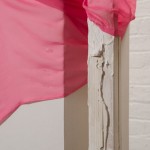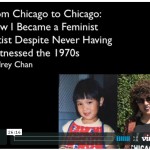I will return to posting on art, culture, and politics soon enough but I hope my subscribers and readers allow me a slight summer detour, as I trace my work from different years through specific days in July and August.
Learning how one works and how one works around work blocks is an essential skill for an artist. Every artist has her own habits and devises her own solutions.
Since I began to work as an artist, that is, thinking of it as my work in the most profound sense, as what made life bearable and meaningful, various patterns and approaches have asserted themselves, but their familiarity in no way makes them rote or comfortably reliable.
I understand more and more how incredibly privileged I’ve been to even be able to make art at all, as economic conditions make the kind of time and intellectual independence necessary to make art more and more difficult to come by. I’m doubly fortunate that, since the age of twenty, I’ve had the incredible luck of being able to spend two months a year in a beautiful place away from the city with relatively unobstructed time to confront my work and to work. A strangely agrarian rhythm established the summer as a particularly intense laboratory in studio struggle, beginning as if from zero.
So almost before I had made the “official” decision to be an artist by pursuing graduate studies in visual art, the beginning of the summer marked a moment of renewal and reassessment that has always been paired with a momentary but seemingly eternal sense of impasse. Even a short gap of time between studios and periods of concentrated work will have created enough of a critical break to put the whole enterprise in crisis. It is likely by now that this is a necessary element of my work process that I should recognize as such but it always feels awful. The road back to my work, that is to say to the part of myself I value most and need so that the rest of me won’t crack under the pressure of the daily, at first appears blocked. As my friends can attest through forty years of listening to me wail over the phone about how I’m not working, the work isn’t going well, that I know I always say that but this time it’s really bad, no amount of experience and of tricks I’ve successfully played on myself in the past mitigates the sense of despair that overwhelms me, even as, as it turns out a few weeks later, I was and am in fact “working.” I’m despondent until a moment when I feel a sense of access to the work, where I both feel that I am working and that I can see the work I am doing without its already being historicized within my own process.
Each calendar day carries enormous weight, has a specific identity. Studio set up by June 24, canvases stretched and rabbit skin glued by July 1 or earlier if possible, drawings begun end June, day and late night spent sketching anything that comes to my mind, summer readings begun with sketchbook at hand, sketches immediately scanned for use in developing paintings, first efforts to put paint to linen by July 4, assessment of drawings mid-July, July 11 often “the day” when the sense of working clicks in, slow down beginning August as social life interrupts pure isolation, return for another round of taking the summer’s visual metaphor as far as I can, before I am forced to stop so the paintings can dry to be taken back to New York and teaching and city life and winter rhythms.
Especially in my earliest years as an artist I felt the importance of leaving a daily trace of my existence, and I have dated many of my works over the years to the day. In recent years I document the studio every day to keep a record of the stages of paintings and, always driven by a diaristic narrative of the work itself, to keep track of the order of things as they develop in the studio, and sometime to realize that I painted over something I should have let be. This summer I’ve decided to begin to research what work I did on each particular and precious day of summer, over the years. I will post as I can through the summer, limited only (and it’s a big only) by the fact that I can only go by what I have on my hard drive, with most of the documentation of my work in New York, so this is a project I may return to. This particular way of presenting the work, focusing on the production from July and August, gives a very incomplete idea of the progression of the work, which is sketched out very schematically but with a more comprehensive and traditional chronology on my website. And, in general, I am aware of that my work appears to have undergone many changes in appearance over the years, but I see the work as an ongoing narrative where the apparent differences in what is represented and addressed and how this address is materialized visually are in conversation, with large periods of time where figure, language, and landscape may dominate, but, I hope to establish, a hand and a politics remains constant.
I begin with this day, July 13.
July 13, 1976

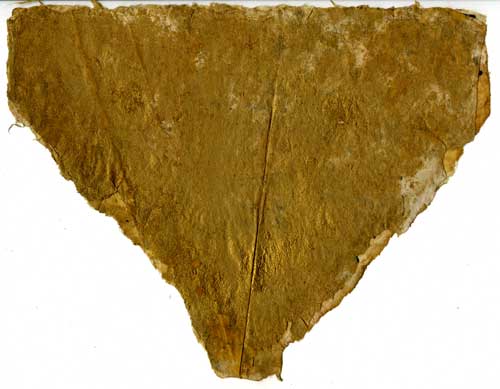
Mira Schor, Fan: Dreams (front and back), ink, dry pigment, metallic powder, Japan Gold Size on rice paper, c. 8 1/2 x 11 in.
In the summer of 1976 I was working with a V shape which had emerged from a formal analysis of earlier work whose subject or, using Barnett Newman’s distinction, taken from Meyer Schapiro, between the object matter of the work–be it an apple or a figure–and the subject matter, the formal and material language of art itself, whose object matter was the female figure and then the figure of an empty dress. I also was beginning to use my handwriting as a visual element, used in order to represent the idea that women were filled with language and because my handwriting could “read” all too easily as abstract form. The writing was personal, often I recorded dreams and added commentary, or worked in a linguistic and diagrammatic manner, from an image I had read about that was resonant, as in this rice paper fan from July 13, 1976.
July 13, 1977
The summer of ’77 I made a series of masks, always two sided, using the same materials and visual elements as in ’76.

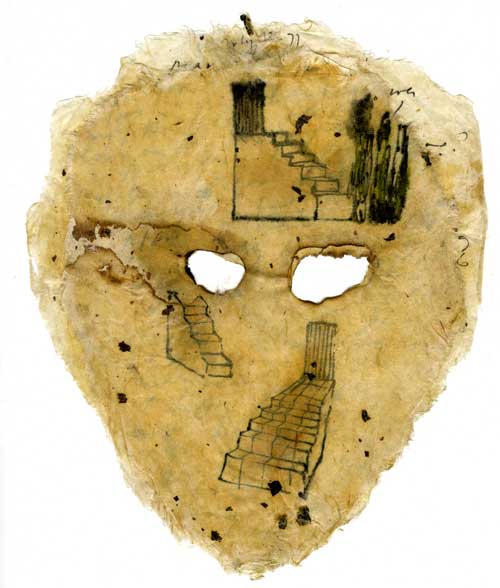
Here they are again, this time front and back in one image:
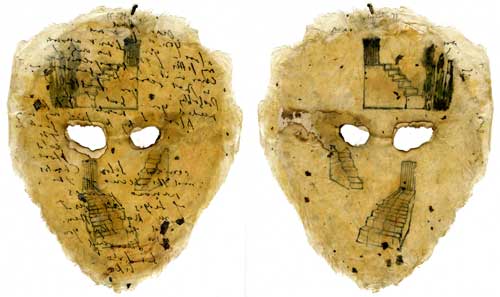
July 13, 2009
I had set aside the masks for many years, but began to look at them again as from 2007 onwards I began to work with the shape of an empty thought balloon that gradually turned into a head wearing glasses.
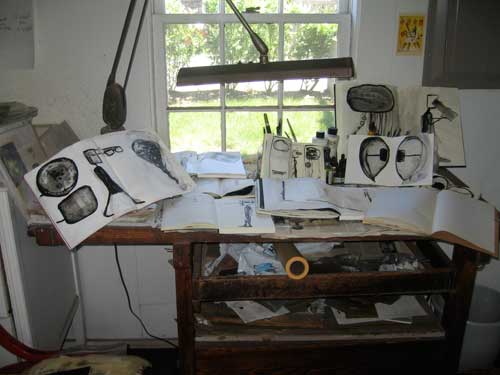
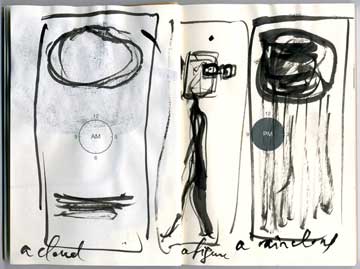
Mira Schor, Three States, July 13, 2009. Ink on paper, Muji Time notebook, c. 5 ¾ x8 ½ in. 2009
I began to think about doing this day by day in the studio exercise yesterday and went through the image archive I have with me to look for works that I had scanned or photographed and that were specifically dated. This morning I hesitated: the impulse to do this might be a concession to this year’s work block, but I decided to take it as a spur for today’s work.
July 13, 2013
It’s a bit of a crazy risk to post works that are not finished, but as part of this exploration of daily practice here are two of the work process images I take every day, here is what is on the floor and on the work table today, as I try to remind myself that what I’m trying to get to is what is true to the process of the work and where I am in my life and in the world, right this minute.
